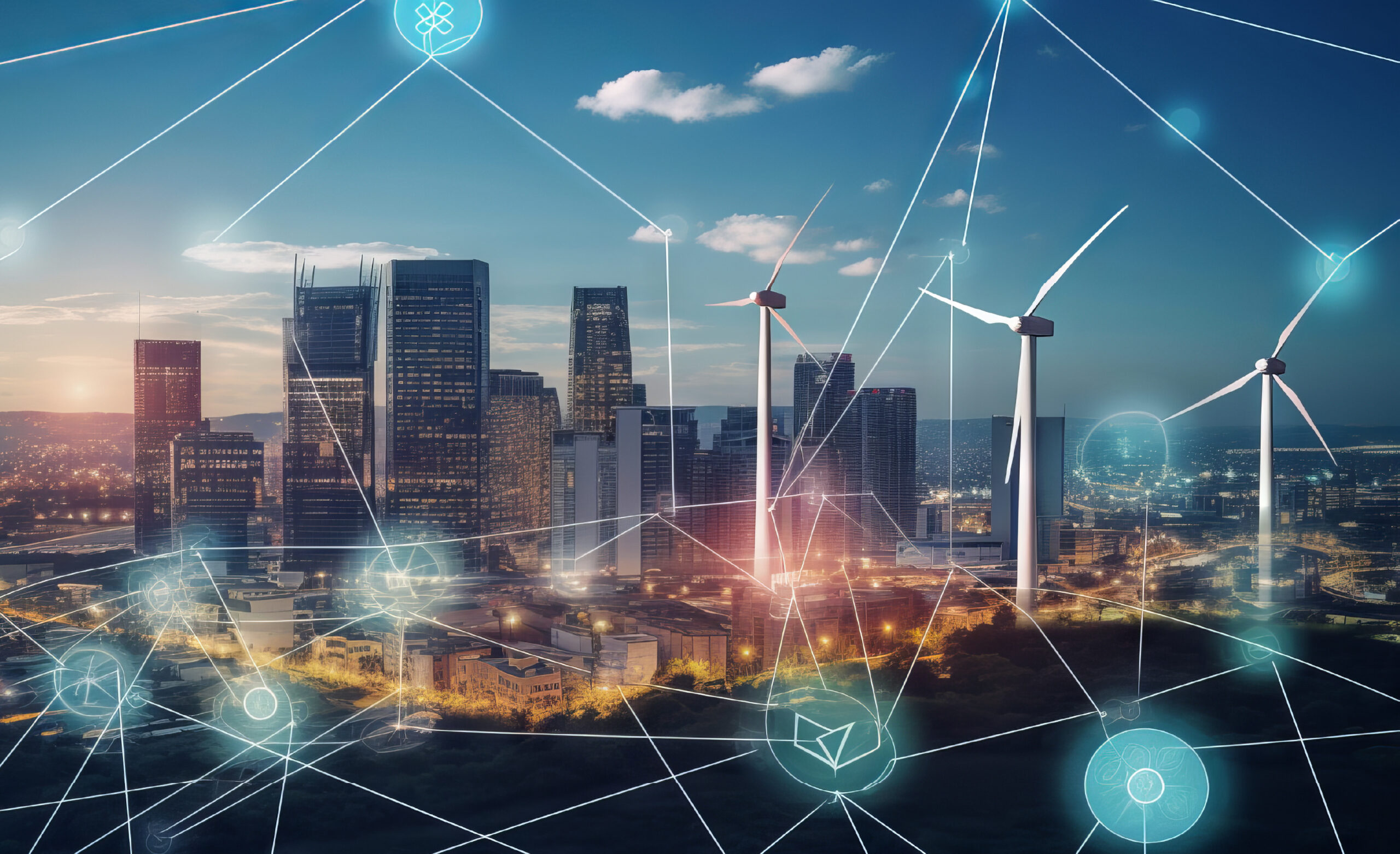The United Nations Sustainable Development Goals (UNSDGs) outline a comprehensive strategy for addressing a wide range of social, economic, and environmental challenges faced by member states. Adopted in 2015 with a target year of 2030, these goals aim to foster inclusivity and sustainability for all, including the most vulnerable populations.
Unlike previous initiatives that focused on singular aspects of development, the UNSDGs emphasize a holistic approach, integrating social progress, economic growth, and environmental sustainability. True environmental sustainability can only be pursued when social and economic stability—driven by improved education, healthcare, and poverty reduction—are achieved. These goals encourage collaboration among individuals, NGOs, businesses, and governments, setting clear objectives and measurable indicators to track progress and identify areas needing urgent action.
Current Progress Toward UNSDGs:
The UNSDGs have inspired significant global action; however, progress varies across countries and sectors.
UNSDGs Positive Aspects:
- Poverty Reduction: Significant declines in extreme poverty (living under $1.90/day) have been recorded, particularly in South and East Asia.
- Healthcare Advancements: Enhanced healthcare systems and global vaccination campaigns have reduced child mortality and increased life expectancy.
- Education Access: More children have access to primary and secondary education, boosting global literacy rates.
- Clean Energy Expansion: Adoption of renewable energy sources, such as wind and solar, has reduced reliance on fossil fuels.
- Technological Innovations: AI, digital technology, and data analysis have driven advancements in urban planning, healthcare, and environmental monitoring.
UNSDGs Challenges and Setbacks:
- Climate Action Deficits: Deforestation, biodiversity loss, and rising global temperatures threaten progress.
- Economic Inequality: The COVID-19 pandemic has exacerbated wealth gaps and economic instability in many regions.
- Gender-based Violence: Persistent gender discrimination, wage gaps, and underrepresentation of women in leadership roles hinder progress toward gender equality.
- Clean Water and Sanitation: Billions still lack access to clean water and proper sanitation, leading to health crises in underdeveloped areas.
- Global Health Emergencies: COVID-19 reversed gains in poverty alleviation, healthcare, and education, disproportionately affecting vulnerable populations.
How AI and Digital Technologies Are Helping Achieve SDGs:
Advancements in Artificial Intelligence, machine learning, big data, and automation are offering innovative solutions for accelerating progress toward SDGs. AI enhances decision-making, optimizes resource allocation, and improves productivity across sectors such as supply chain management, energy, and healthcare.
- Climate Action: AI predicts extreme weather events, supports intelligent farming, and enhances disaster management.
- Education: AI-powered e-learning platforms deliver personalized instruction to students in remote or underserved regions.
- Economic and Social Disparities: AI algorithms analyze data to identify and address income inequalities, healthcare gaps, and job disparities.

AI’s application in addressing global sustainability challenges is transformative, offering data-driven insights, optimizing resource use, and developing targeted solutions.
However, the integration of AI also presents challenges, including ethical concerns, privacy issues, and potential algorithmic biases. Robust legal frameworks and ethical standards must be established to harness the full potential of AI.
1) Social Impact of AI on SDGs
Role of AI: AI can make significant improvements in healthcare, education, and crisis response. AI-powered systems enhance patient management, diagnostic tools, and disaster prediction, contributing to goals such as Good Health and Well-being and Quality Education.
Current Progress: AI-driven diagnostics (e.g., Google’s DeepMind, IBM Watson Health) improve disease detection and survival rates. AI models help regions prepare for extreme weather, while predictive analytics optimize farming and improve food security, aligning with Zero Hunger and Climate Action.
Challenges and Future Outlook: Ethical concerns about bias and the digital divide in developing regions persist. Initiatives such as the UN’s AI for Good Summit advocate responsible AI implementation to ensure Reduced Inequalities and Sustainable Cities and Communities.
Read more: Impact of AI on ESG Assessment: What Asset Managers Need to Know
2) Economic Impact of AI on SDGs
Role of AI: AI boosts economic development by improving efficiency in production, supply chains, supporting sectors such as finance, agriculture, and manufacturing, supporting Decent Work and Economic Growth and Industry, Innovation, and Infrastructure.
Current Progress: Examples include John Deere’s automated tractors for precision farming and AI-driven fraud detection in banking, promoting Responsible Consumption and Production.
Challenges and Future Outlook: Automation may displace low-skilled workers, and developing countries face barriers to adopting AI due to limited resources, affecting efforts toward Sustainable Cities and Communities. Governments should promote upskilling programs and support AI start-ups, especially in emerging economies, to ensure inclusive economic growth.
3) Environmental Impact of AI on SDGs
Role of AI: AI reduces energy waste, monitors biodiversity, and forecasts climate change. Smart grids optimize energy use, while machine learning tracks deforestation and wildlife conservation, advancing goals such as Affordable and Clean Energy and Life on Land.
Current Progress: AI-driven climate models improve disaster response, and smart grids lower carbon emissions, contributing to Climate Action and Life Below Water.
Challenges and Outlook: The high energy consumption of AI systems contributes to carbon emissions, and AI hardware generates electronic waste, posing risks to environmental sustainability. Developing energy-efficient AI models and integrating AI into renewable energy initiatives will mitigate environmental impacts, supporting broader Climate Action initiatives.
Managing Risks and Constraints of AI use
Artificial Intelligence has the potential to greatly accelerate progress toward achieving the United Nations’ sustainable development goals. AI can certainly enhance healthcare systems and foster environmental sustainability; however, there are several challenges that could hinder its effectiveness. Some of the key issues are as follows:
1) Ethical Concerns
One of the primary challenges in utilizing AI resources for achieving SDGs is ensuring that AI solutions are ethical and fair. AI systems are fundamentally driven by algorithms. Most of these algorithms have been trained on datasets that can have biases, and if these biases are not managed properly, AI can exacerbate existing social inequalities. Thus, AI algorithms used for hiring, policing, or even healthcare can be discriminatory based on race, gender, or any other socioeconomic status.
2) Digital Divide
The lack and unequal distribution of basic digital infrastructure and tools needed to leverage AI resources in many regions of the world is a significant barrier to the effective utilization of AI for achieving SDGs. Developing countries, in particular, lack adequate technology, training, and infrastructure required to successfully implement AI. This gap in digital access indicates that many countries will have no choice but to be left behind, worsening pre-existing disparities. If this imbalance persists, AI will only be able to support sustainable growth in a few developed regions, which, in turn, will restrict the achievement of SDGs in other parts of the world.
3) Regulatory Barriers
AI advancements have outpaced the ability of governments and international organizations to regulate the technology. This regulatory gap is problematic for both the public and private sectors. The rapid growth of AI systems has made it difficult to ensure that they are used responsibly and ethically. The development of laws governing AI is often a slow process, which means that most AI applications are deployed before adequate safeguards are in place, which is a huge risk for misuse and harmful outcomes.
4) Security Risks
AI technologies come with their own unique set of security risks. With the rise of AI comes the risk of vulnerabilities particularly in information technology and dissemination. If AI systems are misused or mishandled, they can be leveraged for cyberattacks, data breaches, and the distribution of harmful misinformation. For instance, AI tools are able to create deepfakes that can be used for propaganda to disrupt social order, politics, and public trust.
Read more: ESG Risk Ratings vs ESG Impact Ratings
The Need for Supportive Infrastructure
AI can readily assist in the realization of the UNSDGs provided that the supportive infrastructure required is implemented. Some of the key components of this infrastructure are as follows:
- Ethical AI Development - Approaches aimed at accountability and transparency must be integrated into the AI systems while being ensured through policies, laws, and frameworks to eliminate loopholes in ethical AI development.
- Policy and Governance - AI regulations are not clear shackles and must be crafted in a way that innovation can be fostered without the fear of losing ethical accountability.
- International Collaboration - AI-powered international collaborations between states, science, and business should focus cooperation on the utilization of AI solutions that are professional, moral, and ethical.
- Financial Institutions as Key Stakeholders - Financial institutions play a crucial role in building this infrastructure by funding sustainable AI initiatives, fostering innovation, and promoting ethical AI development through investment strategies.

Conclusion
AI holds unprecedented potential to transform how we achieve the 17 Sustainable Development Goals, driving innovation across social, economic, and environmental spheres. By integrating AI thoughtfully and ethically, we can harness its power to address some of the world’s most pressing challenges, from climate change and poverty to inequality and sustainable economic growth. However, realizing this potential requires a concerted effort to establish robust governance frameworks, and ensure equitable access to technology. Financial institutions, governments, and international organizations must collaborate to create an inclusive and sustainable future where AI serves as a catalyst for positive global change.


